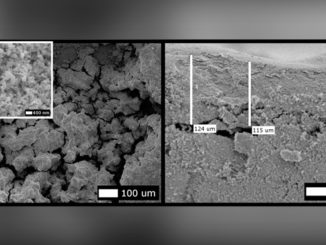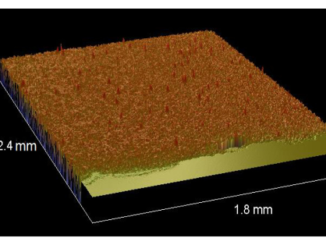
Writers: Ivan Mouritys Pereira Silva and Gabriela Byzynski and Caue Ribeiro and Elson Longo
Keywords: ZnO:N; Photocatalytic activity; Degradation mechanism
Abstract: Zinc oxide (ZnO) presents vast applicability in different areas. Diverse chemical elements are used in doping ZnO in order to modify desired properties—as proposed for enhanced visible photocatalytic activity through anion doping. Thus, the goal of this work is to develop a simple, fast and easy method for ZnO:N synthesis by a modified citrate precursor method. The as-prepared ZnO:N nanoparticles were utilized for dye photodegradation, in particular to study modifications in radical generation during photoactivation. The characterization of the nanoparticles confirms that the doping process affects neither particle morphology and crystalline structure, nor the bandgap of the samples. However, it largely affects photocatalytic activity for Rhodamine-B (Rhod-B) degradation, with an optimum N content for UV activity at 4% N and visible activity at 2% N. Under UV illumination, the photodegradation mechanism observed confirms that the ZnO:N nanoparticles presents clusters of p type ZnO:N embedded in n type ZnO particles endorsing the doping method as effective. These results enhance the essential comprehension of the photocatalytic activity of n type semiconductor doping processes and the modification of dye degradation mechanism related specially after doping.




